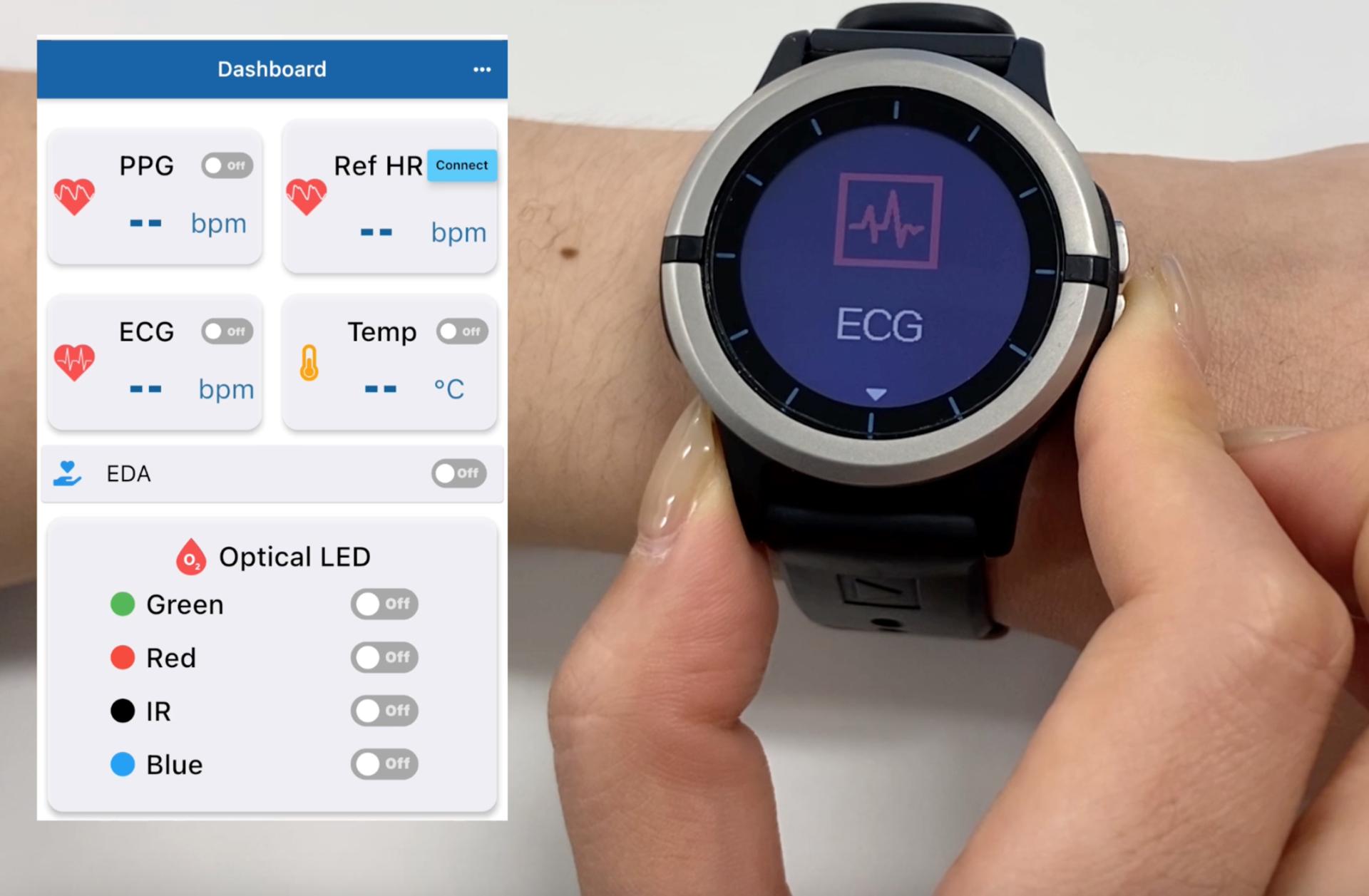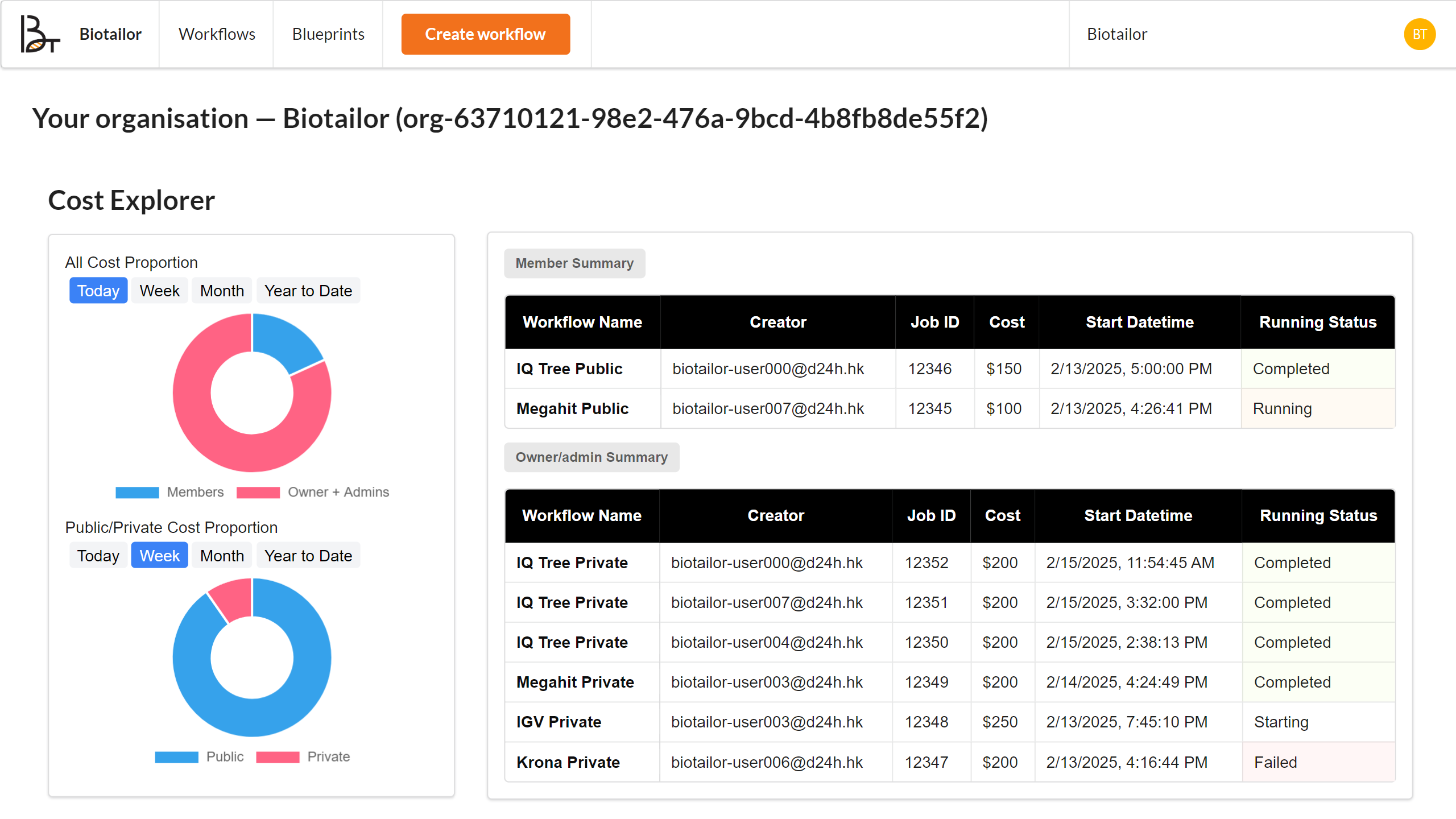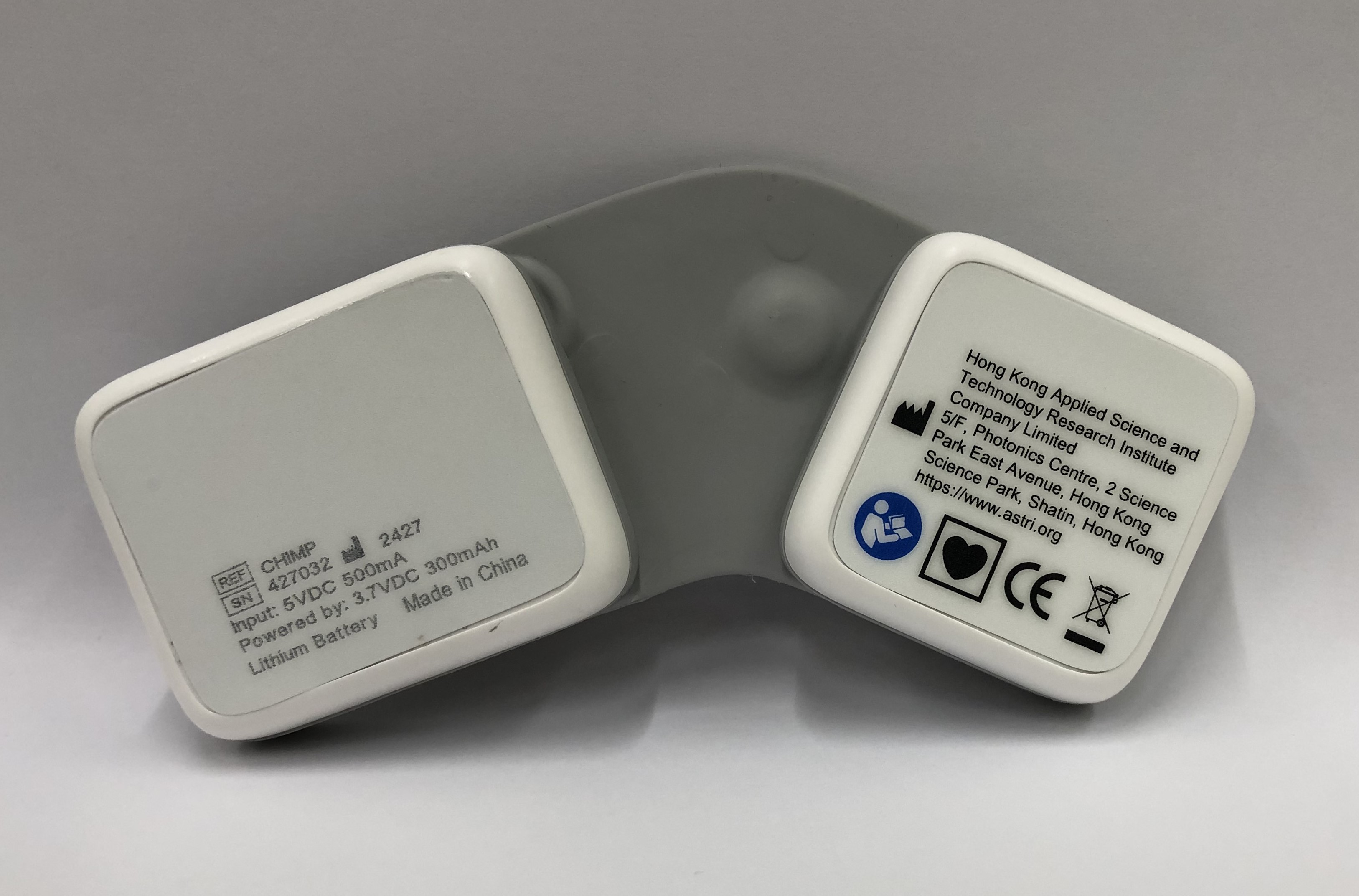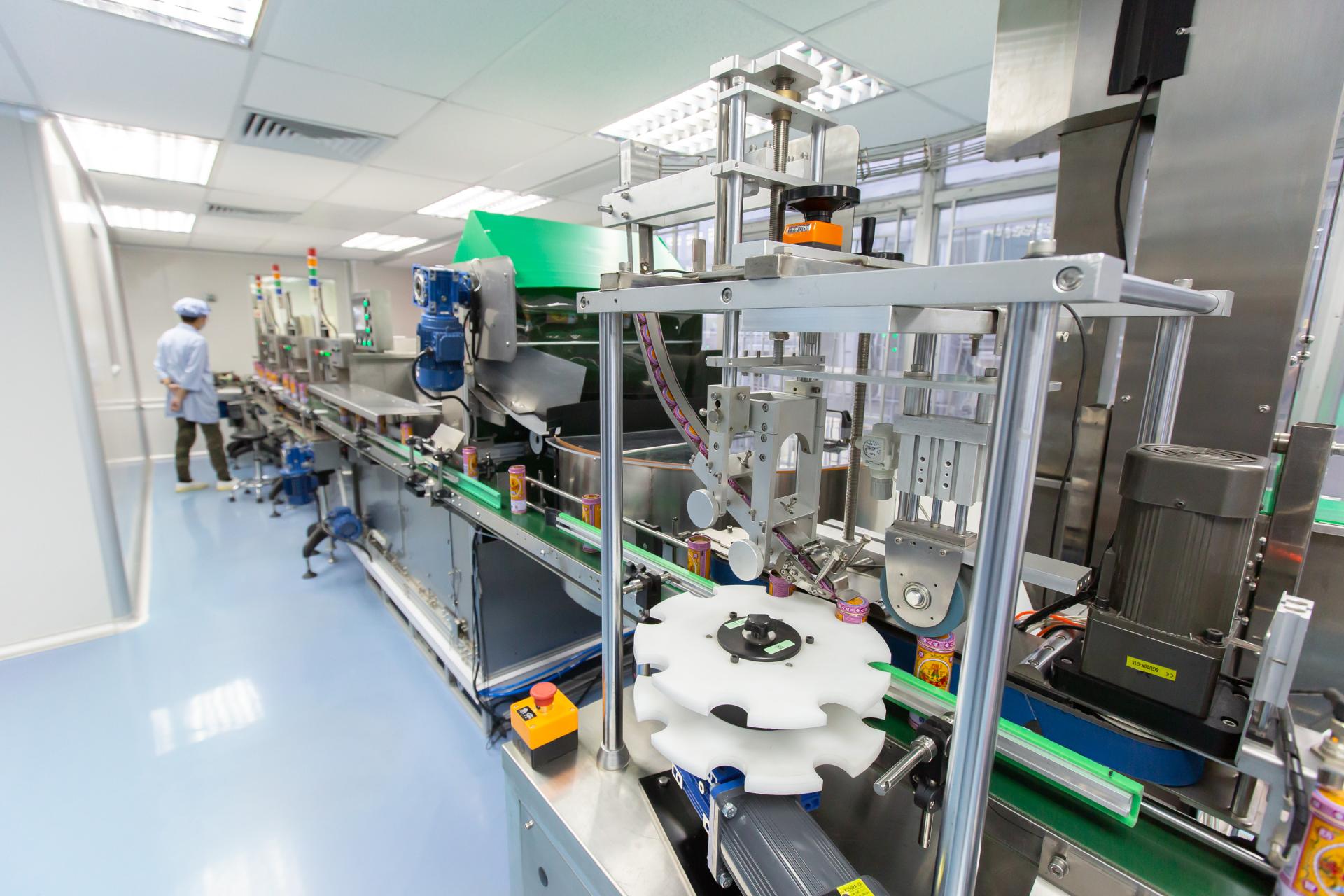
Dysarthric Speech Reconstruction

Overview
Our inventors helped to leverage AI-enabled speech technologies to help people with difficulty in pronouncing words due to a neuromotor disorder -- a condition known as dysarthria.
Commercialisation opportunities
Vocal Engineering Technologies Limited
Problem addressed
Dysarthria has a number of causes, including stroke, Parkinsons, brain injuries, etc. The individual needs to devote much effort to speaking and yet dysarthric speech often has reduced intelligibility for listeners.
Innovation
- In order to overcome reduced communicative ability due to the speech impairment, our team proposed a state-of-the-art neural approach to automatically reconstruct dysarthric speech to become normal speech.
Key impact
- This invention can automatically reconstruct dysarthric speech to become normal speech.
- This invention is not only novel from the technological perspective, but it can potentially offer great enhancements towards social inclusion for dysarthric individuals.
- This invention also helps to advance AI-enabled perceptual and interactive technologies for societal benefits.
Award
- Championship in the SciTech Challenge 2021
Application
- People with difficulty in pronouncing words due to a neuromotor disorder.
Patent
- Short-term Patent: 32022057438
Centre for Perceptual and Interactive Intelligence was established by The Chinese University of Hong Kong in 2020. Our Centre Director Professor Helen Meng and Principal Investigators have rich backgrounds in computer vision, multilingual speech and language technologies, natural language processing, and AI-enabled design automation.
Enquiry




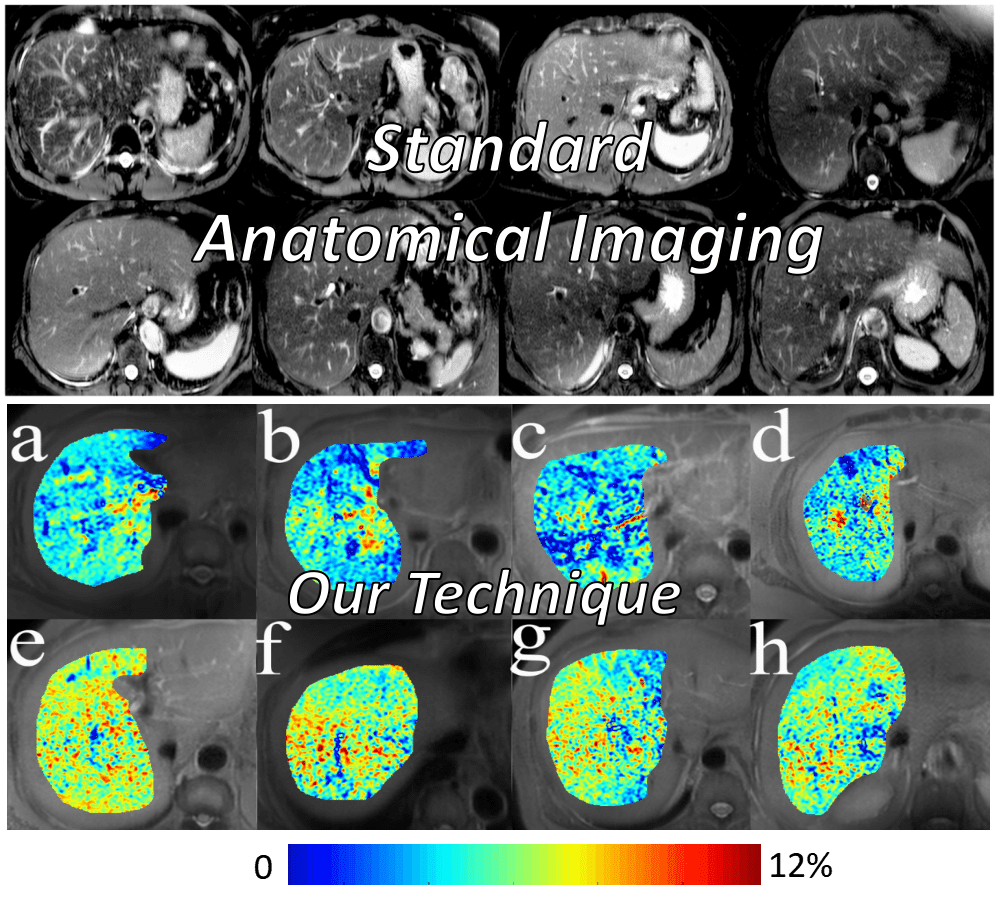


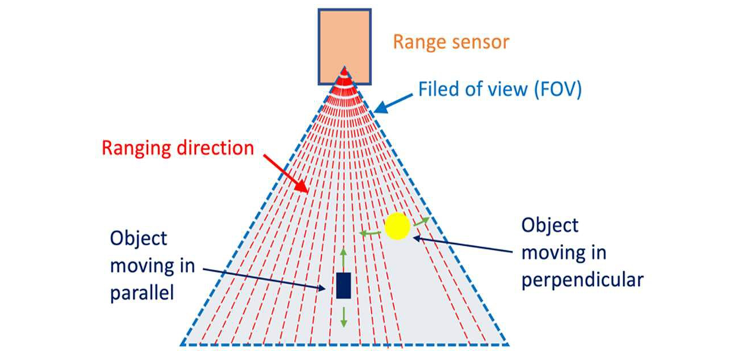
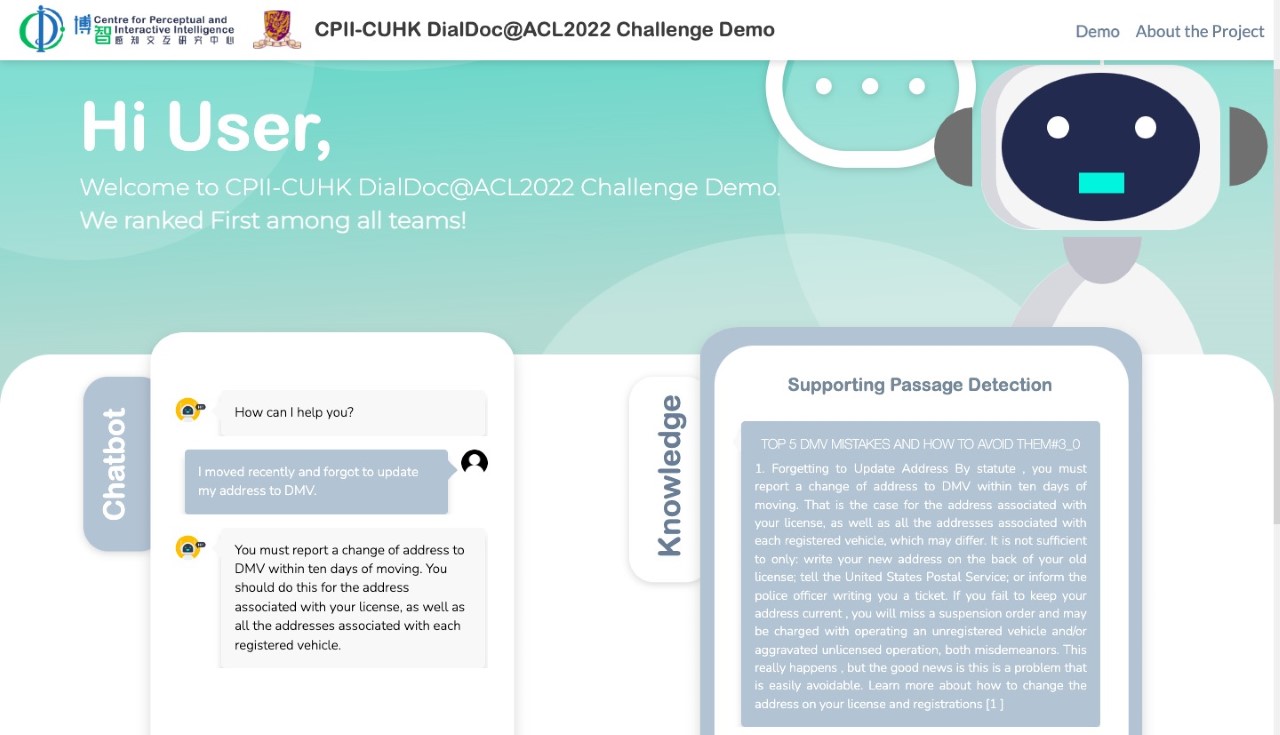















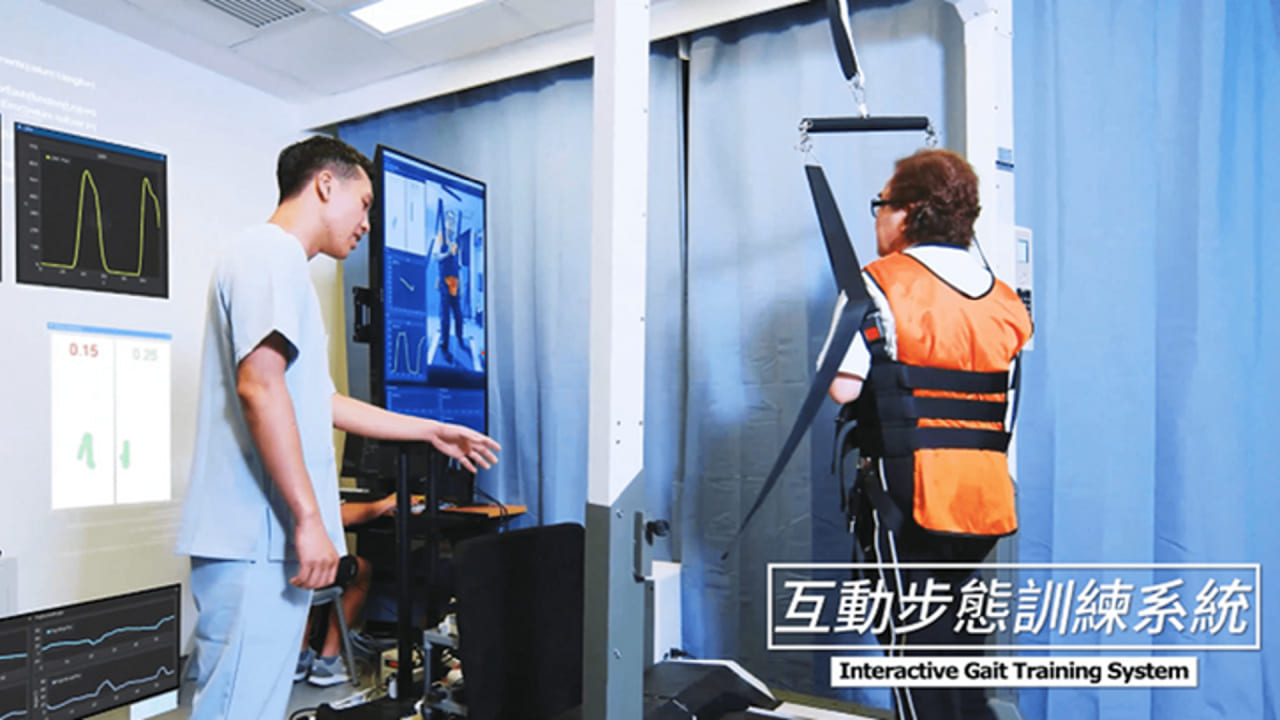

















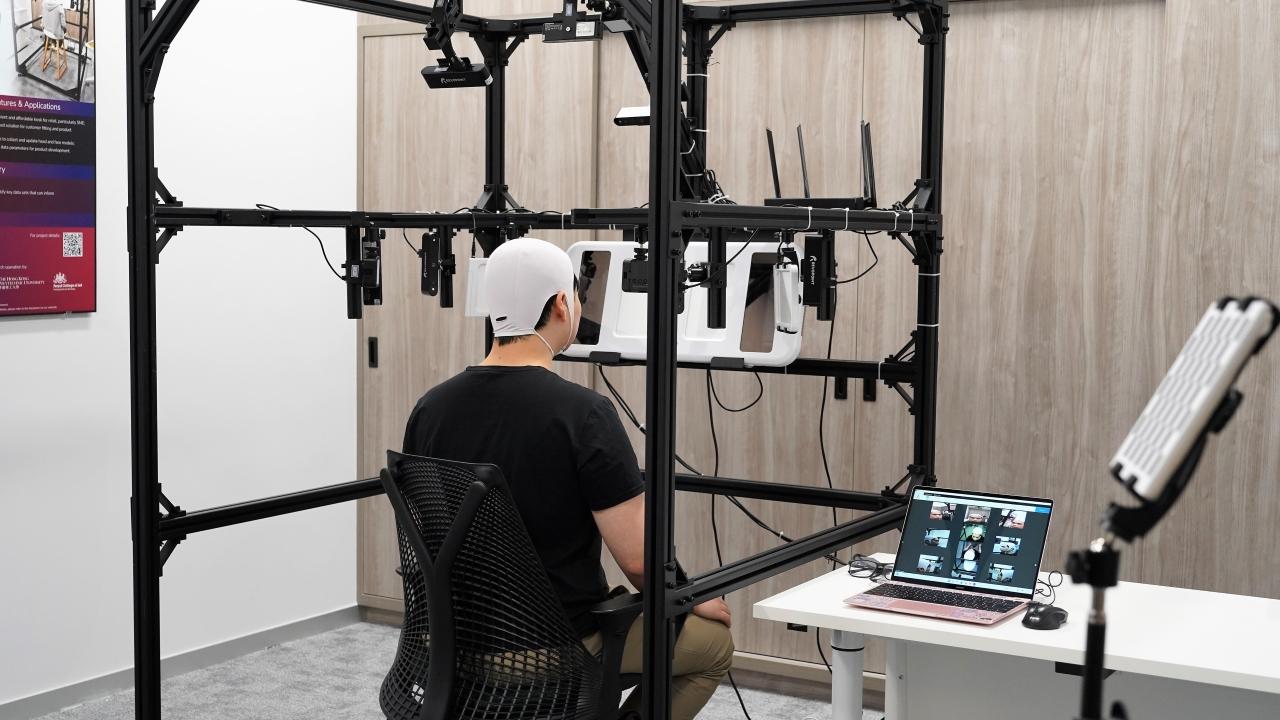




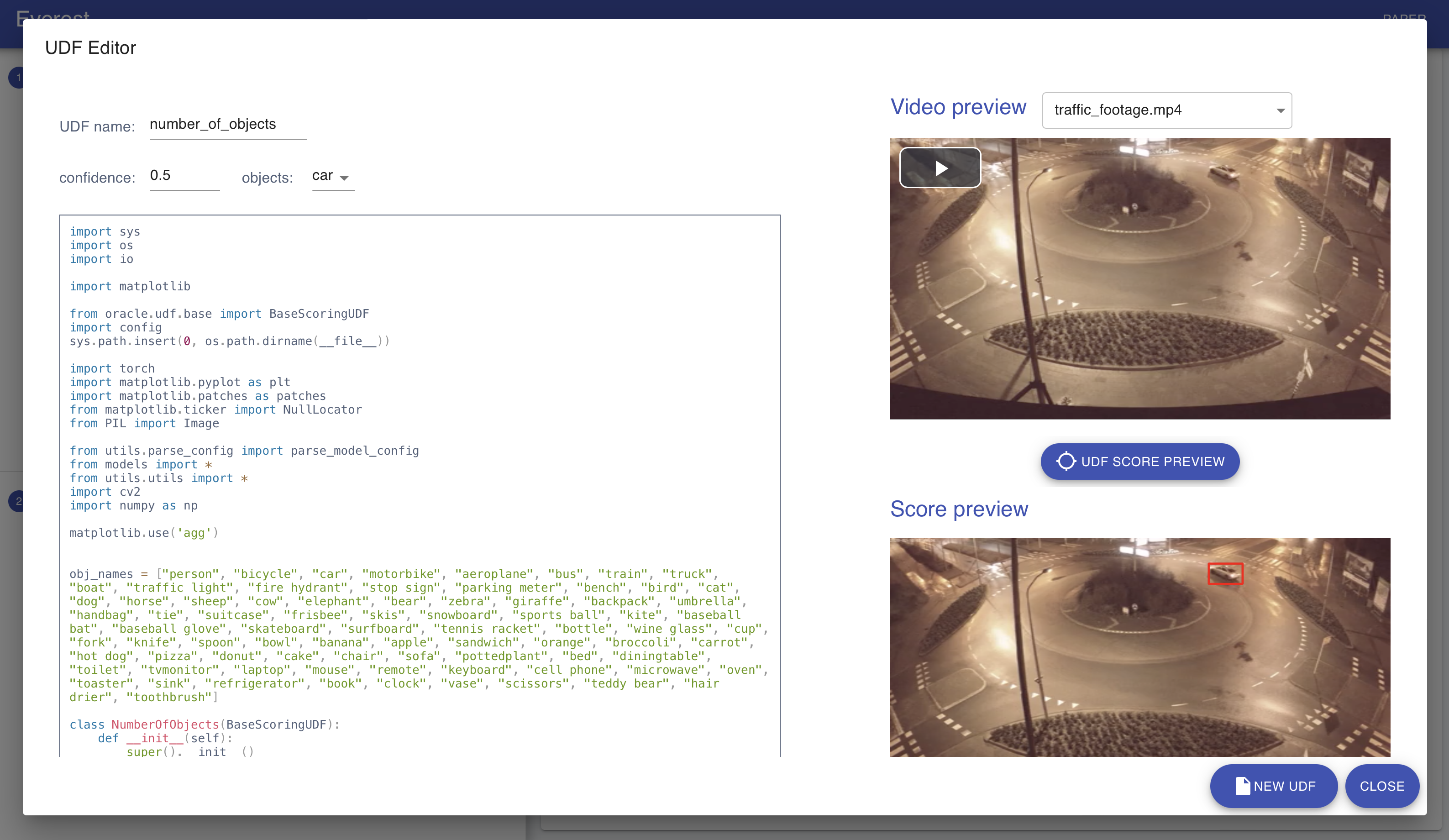
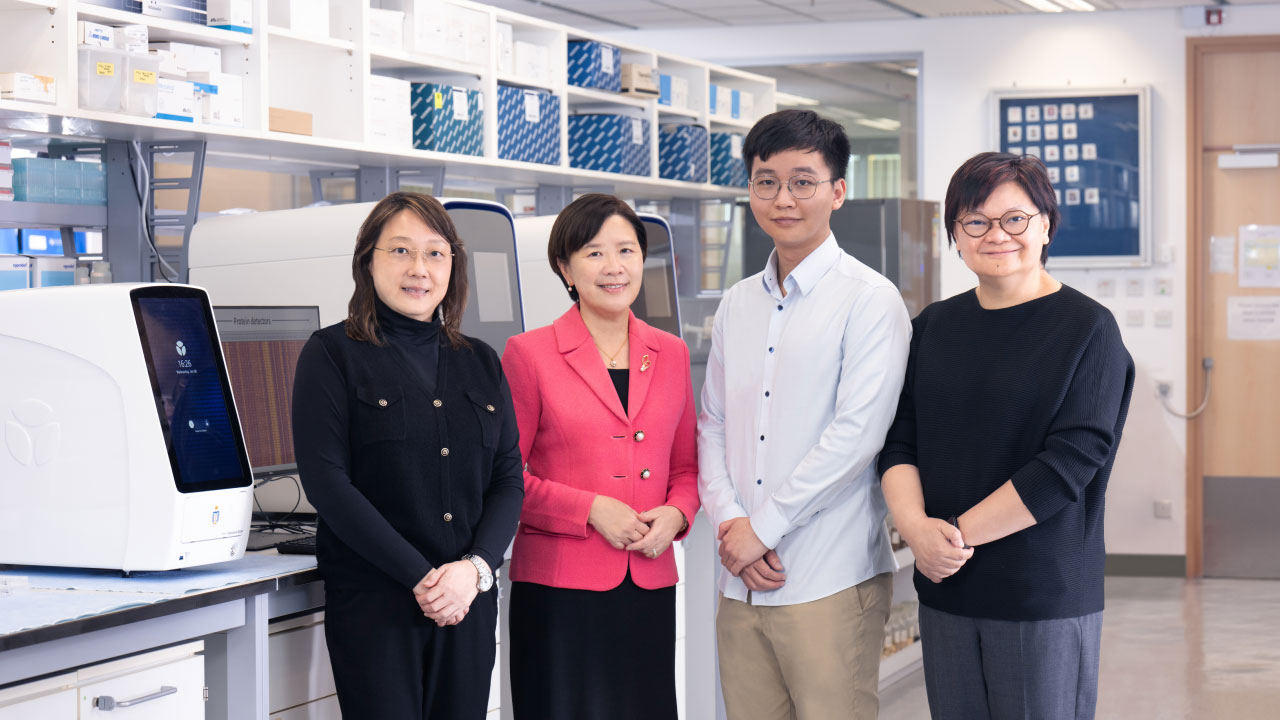





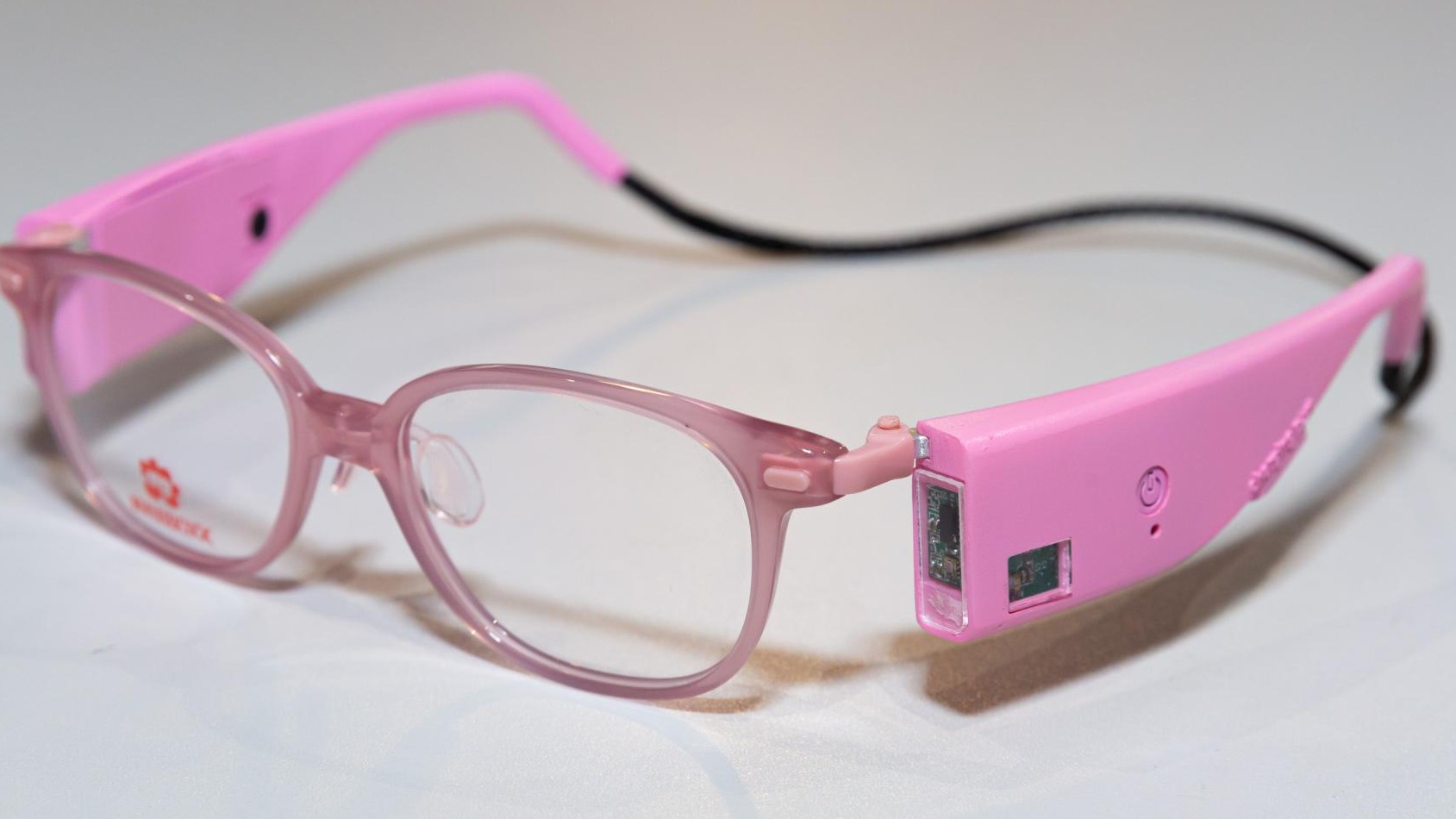
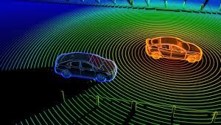






![Long COVID Test: [Non-Invasive Stool Test to detect distinct gut microbiome profile associated with “Long COVID”]](/uploads/image/202304/6802a81a4ec6afc2ac97f3912ec9a7f4.jpg)




